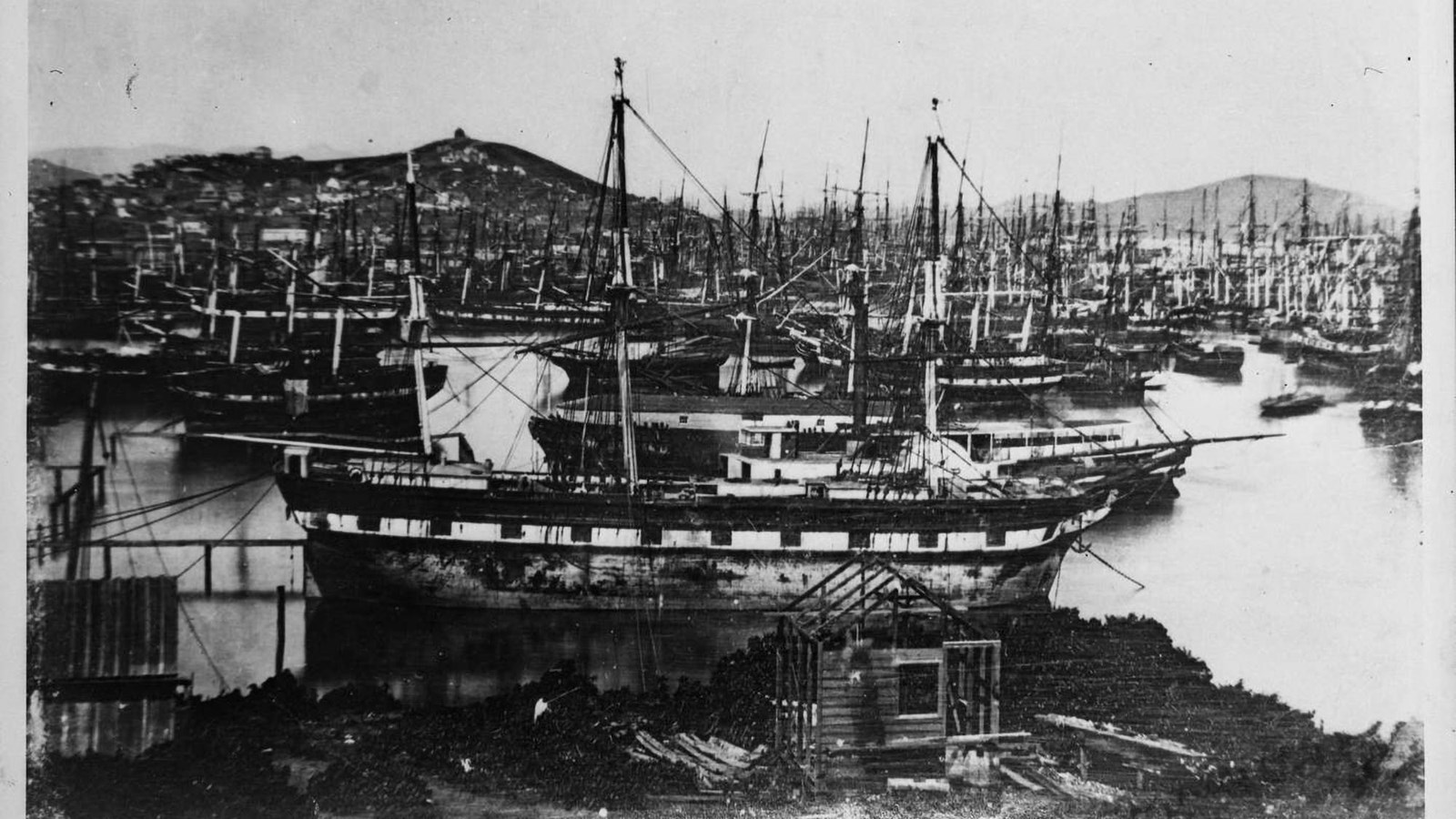TL;DR -- Research in February found records for all of the children born in Sherborne, Dorset except for Joseph. But, Seeth was born here, in the mid-1630s. How is this? Right now, the solution is to split the Thomas Gardner record into two. The first deals with the father of the children and the husband of Margaret Fryer. The second is for the Dorchester Company's man who participated in the venture in 1623/24. Same guy? Other questions abound. This is a status.
--
The "In summary" post pulls together an overview of recent events and our status. Our response to the findings of a record search was one month late. How did this happen? We look at that below. But, we did get the research going as this image shows. It can be found in the "Research Notes" section of the Thomas Gardner profile on WikiTree. The original find was in 2014 by John Cook who was browsing ancestry[.]com's report on digitization.
At that time, we did the post and redid the commentary in this blog as well as noting that we were expecting more data as transcription work progressed. Our next involvement was to argue that Margaret ought to be the mother of the children. That was done via a G2G where people discuss matters after looking at the data. Once things settle on an action, the change is done. See "Should all of the children of Thomas Gardner-159 be detached from his second wife, Margaret ____? [closed]" on WikiTree. Yes, that discussion was about the 2nd wife who was Margaret and her status as mother.
 |
About Margaret, wife
and mother of the children |
That was settled. Then, in February of this year, we had this G2G: Comments on Thomas Gardner of Salem 1591-1674. Bob Dunlap had taken the time to browse transcribed records by the 100s. Earlier, we had records for the first three boys. After that, did the family come over to Cape Ann as Dr. Frank and many others thought?
Well, Bob's search found records for the other children, except for Joseph and Seeth. The time of the baptism of Joseph had smudgy records. But, the following child was recorded. On the other hand, Seeth was not there, but she has records in Salem MA. So, they came over later?
The WikiTree project in charge of the profile of Thomas Gardner decided to split out into two profiles. One is for the father of the children and husband of Margaret. The other profile is mostly without information awaiting more information on the Cape Ann adventure.
For us, Rev. Hubbard's reference to these being the same guy has some credence. So, we will see.
But, why the month's delay? In November of 2022, OpenAI let loose ChatGPT upon us. John did not pay attention to that until February since there are plenty of other areas needing attention. Besides, he has established a position on AI and its current status as well as weighed in on the abundance of hype that is mostly unsupported.
The Society had adopted technology as a focus for several reasons. One of the important ones is the growing influence, good and bad, of computing: technology search on this blog. ChatGPT came at a time of bifurcation and has acted as a Rorschach test: toy or tool. That is, what is this thing? John has been involved in research and discussion with respect to the OpenAI release and its aftermath.
This post allows those two themes to be looked at together. The former deals with Origins which has been part of our quest from the beginning. One of our first steps will be to get back to the review of "What do we know?" with the additional information part of the research.
Remarks: Modified: 05/11/2023
05/11/2023 --







